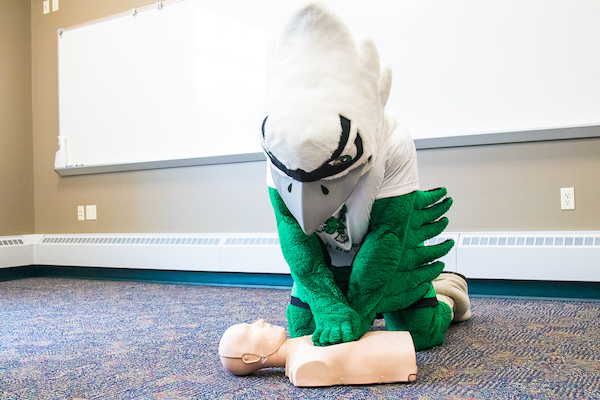
Wellness Center
The University of North Dakota Wellness Center is the cornerstone of wellness and healthy living for our campus community.
Nationally recognized and award winning, this state-of-the-art facility helps to cultivate multi-dimensional well-being of the UND community by offering a variety of programs including group exercise, personal training, rock climbing, wellness education, cooking classes, and recreational sports.
Meet new people and try a new sport! No climbing experience is necessary to use the rock wall.
The NEXUS gaming lounge is your one-stop for recreational esports. The NEXUS features twelve top-of-the-line gaming PCs that you can use to play your favorite games.
Team Wellness employees are the key to creating an unparalleled, first-rate wellness experience for our visitors every day.
American Heart Association courses provide you with the critical training that you need for any emergency. Fee-based classes are open to both UND affiliates and the public.









